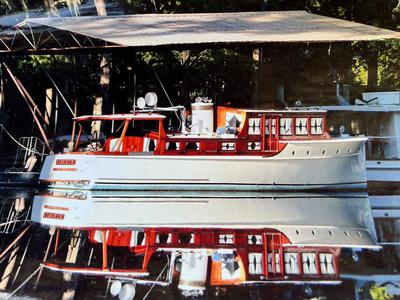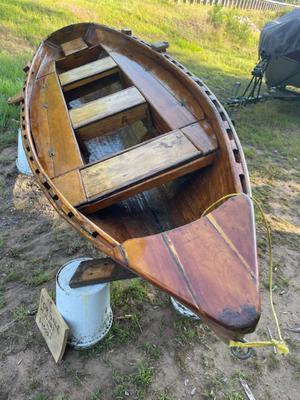- Home
- Latest
- Building Q&As
- Restoration Q&As
- 10’ Lapstrake/Clinker Style Row Boat Refinishing
10’ Lapstrake/Clinker Style Row Boat Refinishing
by Bradly Dearden
(Okanagan bc)

How to best approach refinishing the exterior hull of this lapstrake?
It’s 25+ years old, never touched water, hung in the rafters as a prop, looks like it had been previously oiled?
But hard to tell. When I try sanding the paper clogs up quickly!
I thought of using a chemical cleaner Penofin?
It has many clinch nails and brass droves along the lap making sanding difficult?
Need some advice
Comments for 10’ Lapstrake/Clinker Style Row Boat Refinishing
|
||
|
||
Want to add more photos?
Photo Uploader
If you are having problems uploading Photos or would like to add more click on this link for the Upload Form.














